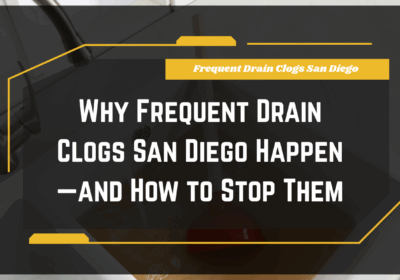Finding the Plumbing Diagram for Your House
Understanding the layout of your home’s plumbing system is essential for maintenance, troubleshooting, and renovation projects. A plumbing diagram provides a visual representation of the pipes, fixtures, and connections within your house, offering valuable insights into how water and waste flow through the system. In this article, we’ll explore various methods to help you find the plumbing diagram for your house, whether you’re a homeowner, renter, or prospective buyer.
Consult Building Plans and Blueprints
If your house is relatively new or has undergone recent renovations, there’s a good chance that the plumbing diagram is included in the building plans or blueprints. These documents are typically provided by the builder or architect and contain detailed drawings of the entire structure, including the plumbing layout. You can check your records, contact the builder or architect, or visit your local building department to obtain a copy of the plans.
Contact the Previous Owner or Landlord
If you’re not the original owner of the house or if you’re renting, reaching out to the previous owner or landlord is another avenue to explore. They may have documentation, such as plumbing diagrams or maintenance records, that they can provide to you. Even if they don’t have the diagrams on hand, they might remember details about the plumbing system that could be helpful.
Inspect the Basement or Crawl Space
In many houses, especially older ones, the plumbing diagram may be physically posted somewhere in the basement or crawl space. Look for a panel or wall where plumbing-related documents, including diagrams, may have been affixed. If you find any documents, take clear photographs or make copies for reference.
Check Utility Closets or Cabinets
Utility closets, cabinets, or other storage spaces near water heaters or main shut-off valves are common locations for plumbing diagrams. These areas are often used to store important documents and manuals related to the house’s mechanical systems. Take some time to search through any accessible storage spaces in your home.
Hire a Professional Plumber or Inspector
If you’re unable to locate the plumbing diagram on your own, consider hiring a professional plumber or home inspector to assist you. Plumbers and inspectors have experience working with various types of plumbing systems and may have access to resources or tools that can help them locate the diagram more efficiently.
Create Your Own Plumbing Sketch
If all else fails, you can create a basic plumbing sketch yourself by visually inspecting the pipes and fixtures in your home. Start by identifying the main water supply line, drainage pipes, and major fixtures such as sinks, toilets, and showers. Use a pen and paper or a digital drawing tool to sketch out the layout, noting the connections between different components.
Conclusion
Finding the plumbing diagram for your house may require some effort and sleuthing, but the information it provides can be invaluable for understanding your home’s plumbing system. Whether you consult building plans, contact previous owners, or conduct your own inspection, the goal is to gain a clearer picture of how water and waste flow through your house. By familiarizing yourself with the plumbing diagram, you’ll be better equipped to address maintenance issues, make upgrades, or troubleshoot problems as they arise.


